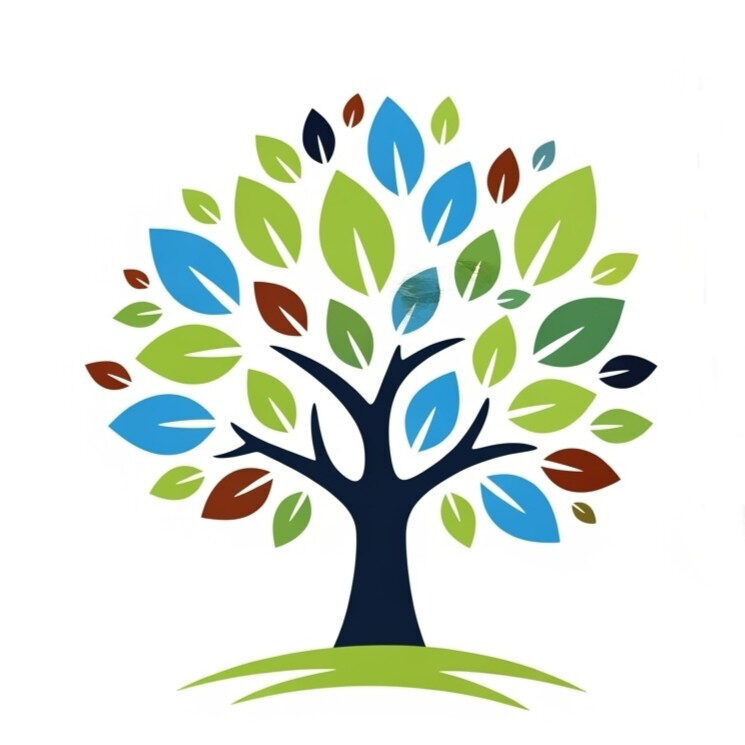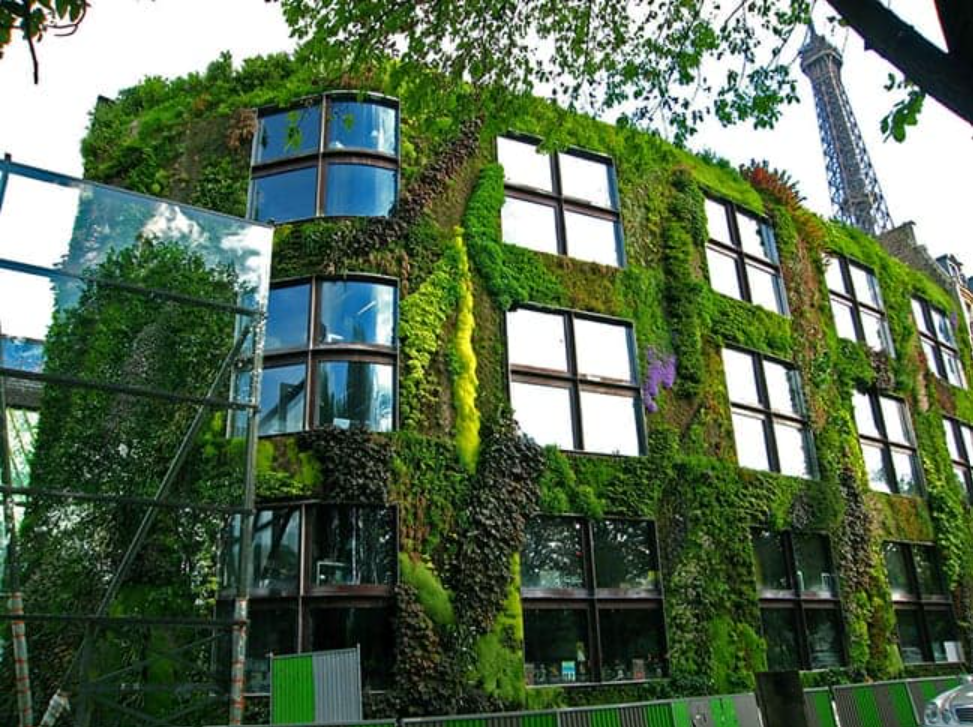Project
The Safe Space Toolbox
CHALLENGE
The Safe Space Toolbox project aims to create accessible, adaptable resources that empower marginalized groups to engage in problem-solving and creativity across different settings. The tools will support cross-cultural learning, promote inclusivity, and foster innovation. By building both a physical prototype and an online platform, the project will enable collaboration and experience sharing, ultimately contributing to societal resilience and adaptability. It follows a clear, focused structure that appeals to universal emotions and encourages unexpected, authentic outcomes.
DESCRIPTION
Society Fresh is an initiative aimed at addressing societal challenges. Including inequality and the lack of inclusive participation in decision-making processes. By connecting policymakers and citizens worldwide, Society Fresh seeks to democratize creativity through participation and transformational design. In short: Empowering individuals to develop sustainable solutions tailored to their communities.
During the project, our team will focus on creating a toolkit that assists participants with the following objectives:
- Utilizing a DIY (Do It Yourself) approach to actively engage individuals in the design process.
- Providing a range of versatile tools, including portable toolboxes, adaptable guidebooks, and interactive co-creation session templates.
- Ensuring that resources are affordable, easily replicable, and culturally adaptable. This allows everyone to contribute meaningfully, regardless of their socio-economic background or geographic location.
Ultimately, we aim to create a toolkit where change-makers can thrive. Through this effort, innovative ideas can emerge, driving meaningful change within their communities.


